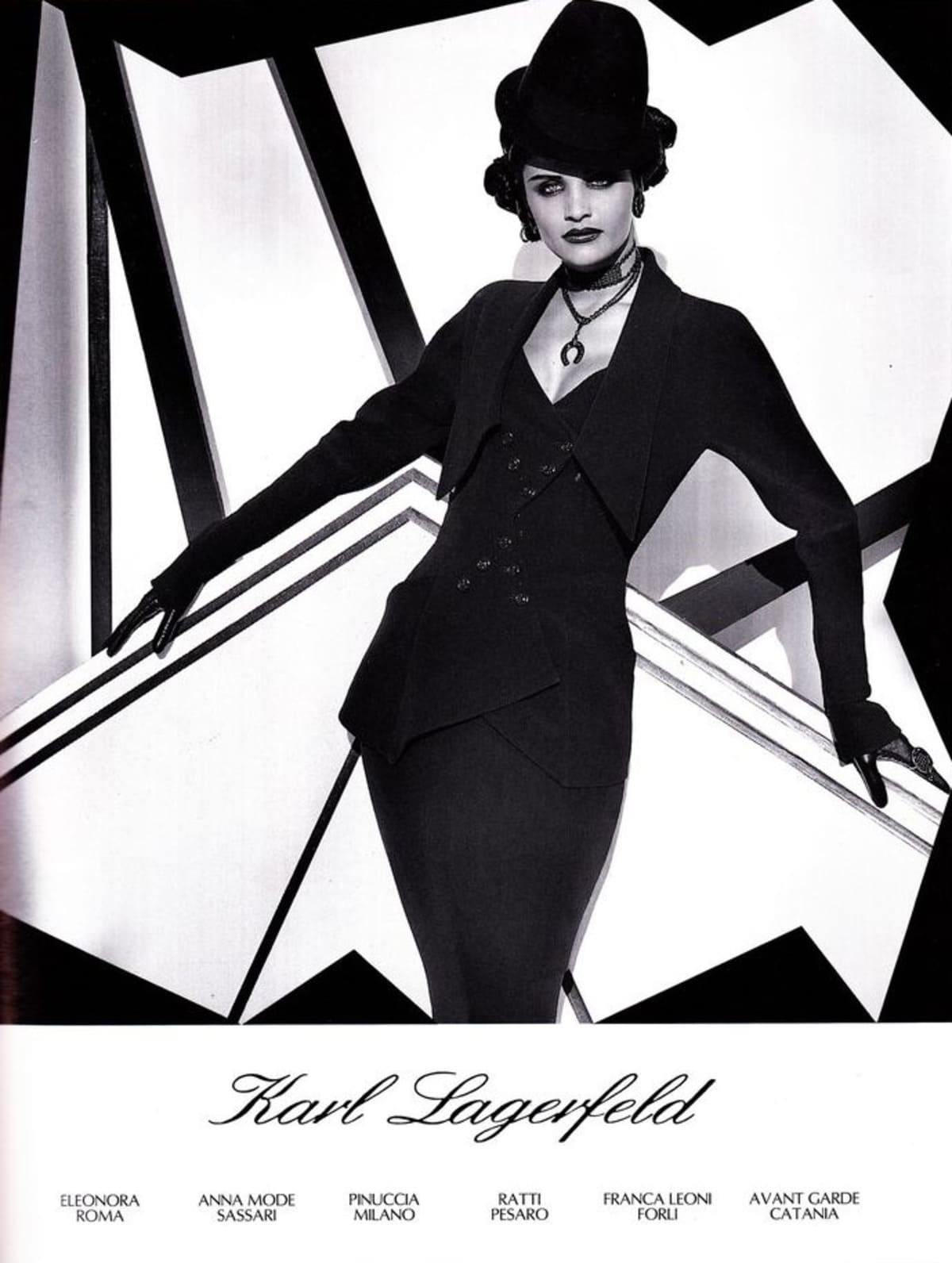Karl Lagerfeld’s journey through the fashion industry is a story of extraordinary talent, vision, and transformation. Beginning his career in the 1950s, Lagerfeld quickly established himself as a formidable designer, working for top fashion houses such as Balmain, Patou, and Chloé. His early years were marked by a distinctive flair for innovation, which he carried into his long-standing roles at Chanel and Fendi. As the creative director of Chanel from 1983 until his death, Lagerfeld was instrumental in revitalizing the brand, transforming it from a fading icon into a modern powerhouse. He also maintained a significant presence at Fendi, where his innovative use of materials and designs left a lasting impact on the industry.
Lagerfeld’s influence extended beyond individual collections; he was a master of brand imagery and identity. His tenure at Chanel is particularly noted for his adept use of the iconic “CC” logo, reimagining it in ways that appealed to contemporary audiences while honoring the brand’s storied heritage. At Fendi, he introduced the now-famous double “F” logo, symbolizing the brand’s luxury and sophistication. His own eponymous label, launched in 1984, further showcased his ability to blend intellectual design with sensuality, reinforcing his status as a leading force in fashion. Throughout his career, Lagerfeld was known for his signature white hair, black sunglasses, and high-starched collars, making him as much a style icon as his creations.
Understanding the evolution of Karl Lagerfeld’s logos and tags offers a fascinating glimpse into the history of his brand. Each era, marked by distinct visual elements, reflects broader shifts in fashion and branding strategies. From the elegant script of the 1980s to the bold, contemporary designs of the 2000s, these changes are a testament to Lagerfeld’s adaptability and foresight. For vintage clothing enthusiasts, recognizing these logos and tags is not only a way to authenticate their pieces but also to appreciate the rich legacy of one of fashion’s greatest designers. As we delve into the specifics of these identifying marks, we celebrate the enduring influence of Karl Lagerfeld on the fashion world.
Iconic Karl Lagerfeld x H&M Y2K Commercial
How to tell if Karl Lagerfeld is vintage from the logo
Karl Lagerfeld’s brand has undergone several transformations over the years, reflecting changes in fashion trends and branding strategies. Each era’s logo provides clues to the age and authenticity of the item. Here’s how to identify the vintage Karl Lagerfeld items based on their logos.
1984 to 1990s Karl Lagerfeld logo
- The first logo during this period features Karl Lagerfeld’s signature in a flowing, cursive script.
- This logo has a classic and elegant look, emphasizing the personal touch of the designer.
- Used on a variety of products, it symbolizes the brand’s initial establishment in the luxury market.

1984 to 1990s Karl Lagerfeld logo
1990s to 2000s Karl Lagerfeld logo
- In this period, the logo evolved to a bold, capitalized text stating “KARL LAGERFELD PARIS.
- The font is thick and modern, reflecting the brand’s shift towards a more contemporary and bold aesthetic.
- It signifies the brand’s expansion and international recognition.

1990s to 2000s Karl Lagerfeld logo
2000s to now Karl Lagerfeld logo
- The latest logo introduces a stylized, graphic representation of Karl Lagerfeld himself, accompanied by the text “KARL KARL LAGERFELD.
- The font remains bold but is now paired with the iconic silhouette of the designer, adding a distinctive and modern touch.
- This logo is used across the brand’s diverse product lines, symbolizing the blend of classic luxury with contemporary fashion.
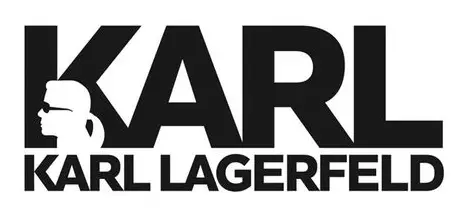
2000s to now Karl Lagerfeld logo
How to tell if Karl Lagerfeld is vintage from the tags
The Karl Lagerfeld brand has undergone several transformations since its inception, each era marked by distinct tag designs. These changes reflect the evolution of fashion trends and branding strategies. Identifying the era of a Karl Lagerfeld garment can be crucial for vintage collectors and fashion enthusiasts. Here is a guide to recognizing Karl Lagerfeld vintage tags from different decades.
Having difficulty with vintage tags or labels? Submit a picture on our vintage tag identification page, and we’ll assist you!
1980s vintage Karl Lagerfeld tags
- Features the full “Karl Lagerfeld” name in elegant script.
- Often includes “Made in France” indicating the high-quality European production.
- Tags are usually sewn onto high-end fabrics, reflecting the luxury aspect of the brand.
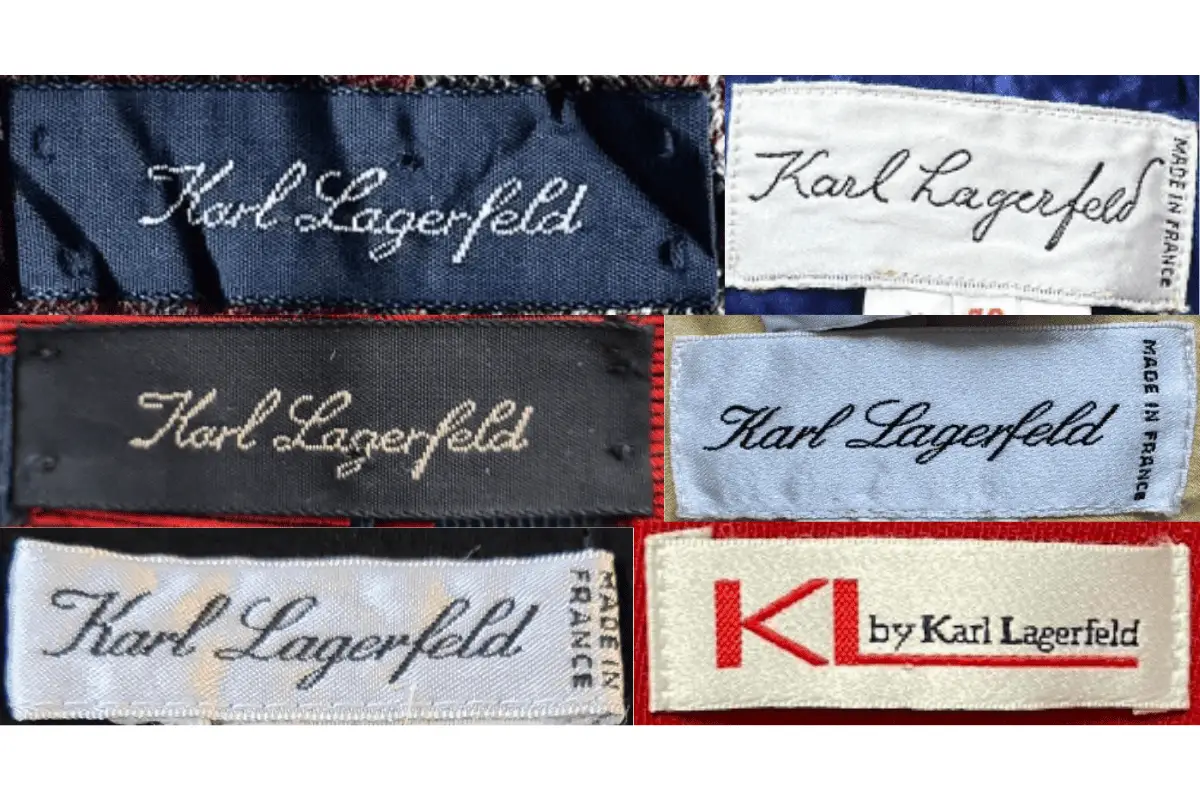
1980s Karl Lagerfeld tags
1990s vintage Karl Lagerfeld tags
- Introduction of block lettering for a more modern look.
- Sometimes includes minimalist designs with just “Lagerfeld” in bold.
- Continued use of “Made in France” to denote origin.
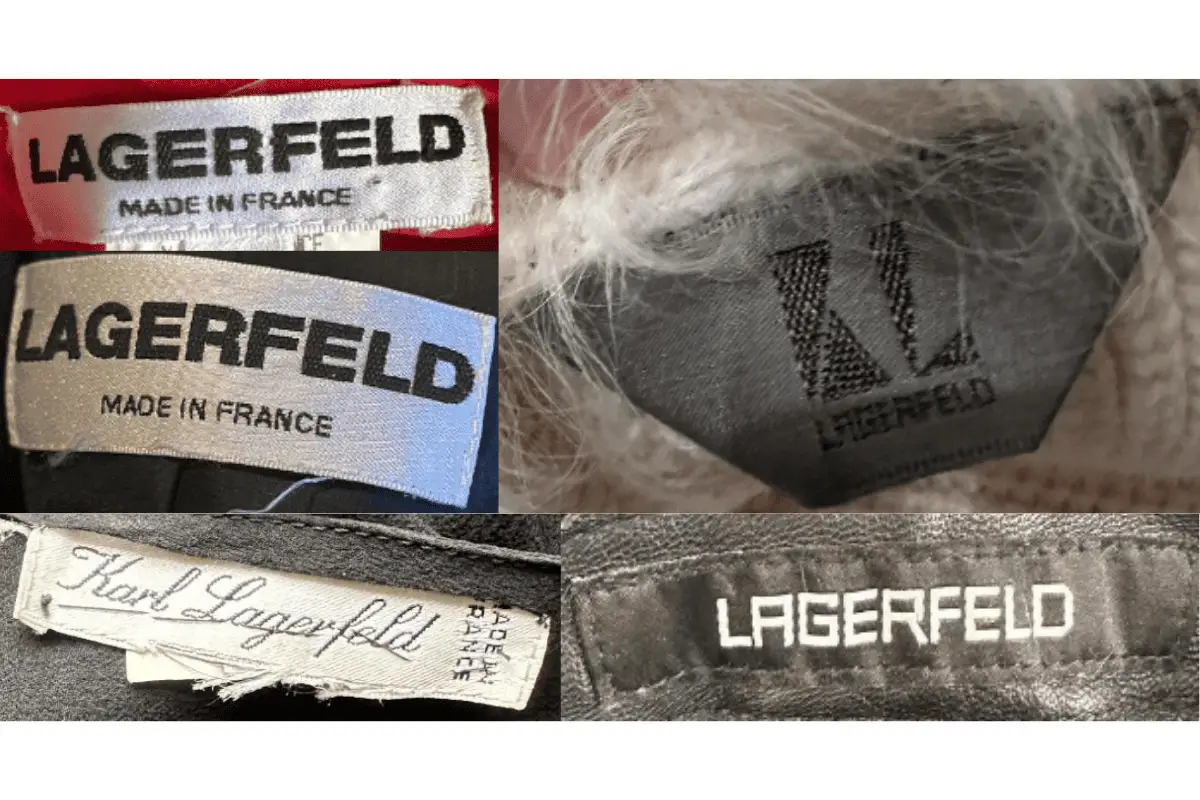
1990s Karl Lagerfeld tags
2000s vintage Karl Lagerfeld tags
- Use of darker, more subdued colors for the tags.
- Introduction of more versatile tag materials and designs.
- Tags often include the full brand name in bold, sans-serif fonts.
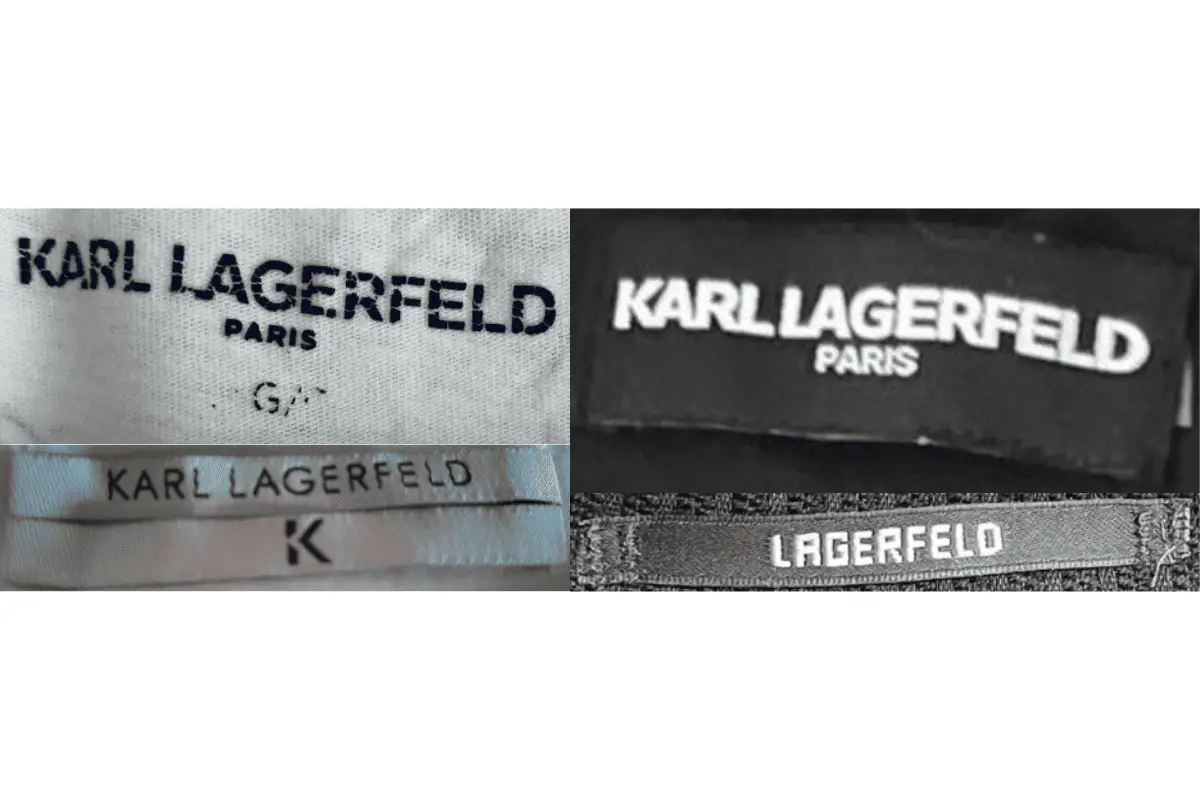
2000s Karl Lagerfeld tags
2010s vintage Karl Lagerfeld tags
- Modern and sleek design, often with a high-contrast color scheme.
- Tags may feature additional details such as care instructions or country of manufacture.
- Continued evolution of tag materials, with some tags being more environmentally friendly.
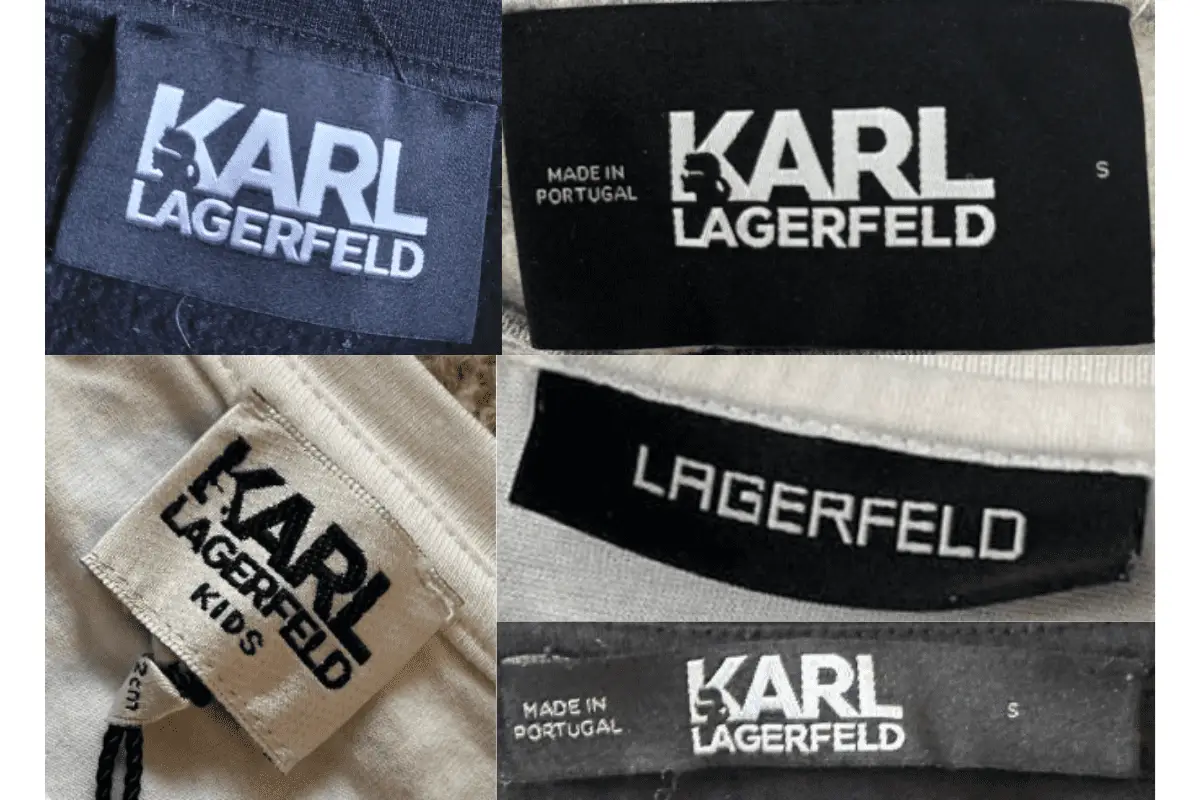
2010s Karl Lagerfeld tags
